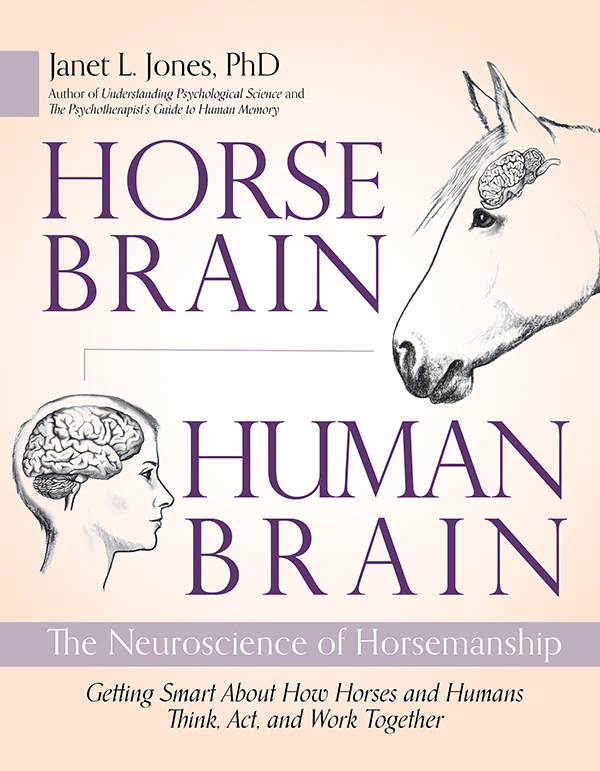TRUE TRAINING 6 - Settling In
A new place with new food and strange water, surrounded by new horses and new people? No wonder young horses need some time to settle in. After the first few days, I like to take newbies for dog walks. There are no dogs involved, of course, just a horse—a giant dog—on a halter and lead instead of a leash. But the idea is the same.
The purpose of the giant dog walk is to allow the horse to explore his new setting, move his body around, and get to know his new handler. True was eager to comply… that is, until he caught sight of a bicycle from 500 yards away and jumped out of his skin. But these little problems are important for the horse to solve. Try not to push a young inexperienced horse toward anything that frightens him. Instead, encourage him to stand and look, while reassuring him with a calm voice and long strokes. Often, a horse treated in this way will reach out his nose to get a better sense of the fright-sight. And at that point, if he is willing, ask for a step or two in the direction of his fear. More strokes and praise in a low calm voice if he agrees. No worries if not. Then we go on about our business, to investigate the bicycle more closely some other day.
Over the first few weeks, I try to expose a new horse to many different things in his new home, while keeping one item constant—me. I want True to learn that I am his shoulder to lean on, the rock in his life, his leader and guide. Soon, True and I are walking all over the ranch, watching other horses play, observing older horses working in the arena, greeting new people, entering the barn, sniffing around. Within a couple of days, we are even sniffing bicycles—uh, just to clarify, HE does the sniffing, and I hold the rope! He is getting to know me well; he is eager to go for our walks and knows I’ll give him time to inspect things carefully.
True is lucky. His breeder did an excellent job of handling him from a young age, teaching him the basics of haltering, leading, tying, grooming, even trailering short distances. He was also housed in a pasture with several horses, so he understands group dynamics and gets along well with others. Most important, he has learned that people are worthy of his interest and attention. He approaches everyone, ears up and eyes bright, waiting to see what happy experience these humans might offer. It’s exactly the attitude that allows good training to begin.

